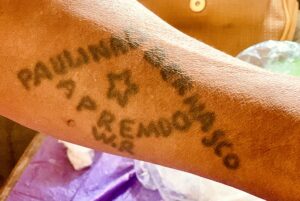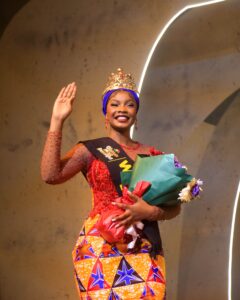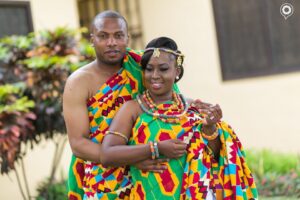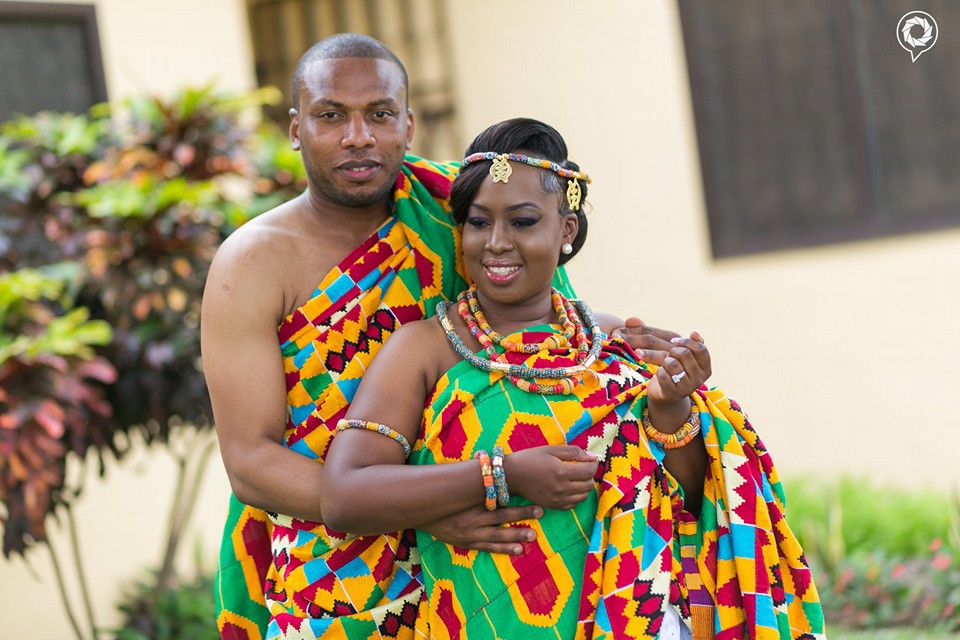
Image Source: We are Africa (Facebook)
The Akan people, Ghana’s largest ethnic group, are rich in cultural practices that set them apart, with marriage holding a central place in their traditions. Their marriage ceremonies involve so many rituals; from dowry payments to the provision of various symbolic items. Among these, the simple yet remarkable item stands out: the pin. Despite its modest appearance, the safety pin carries a profound significance within the Akan marriage tradition as it symbolizes a promise and provision that endures, even in the face of potential separation. So, what exactly does this small object represent, and why is it so essential in Akan marital rites?
As earlier stated, in Akan marriage ceremonies, numerous rituals are performed, with the first and most crucial being the “knocking” ceremony. This ceremony is the formal introduction of the groom’s family to the bride’s family and serves as the official gateway to all other marriage rites. Without the knocking ceremony, no further proceedings can take place. It symbolizes respect, intention, and the beginning of a bond between the two families.
Beyond the knocking ceremony, several important rituals occur during the Akan marriage ceremony. One of the most notable is the payment of specific sums of money, including the “brother-in-law money,” known in Akan as akonta sekan. Although the dowry payment is a central aspect of the ceremony, akonta sekan holds a special place, standing out due to its unique and interesting name, which directly translates to “brother-in-law’s knife” or “cutlass.”
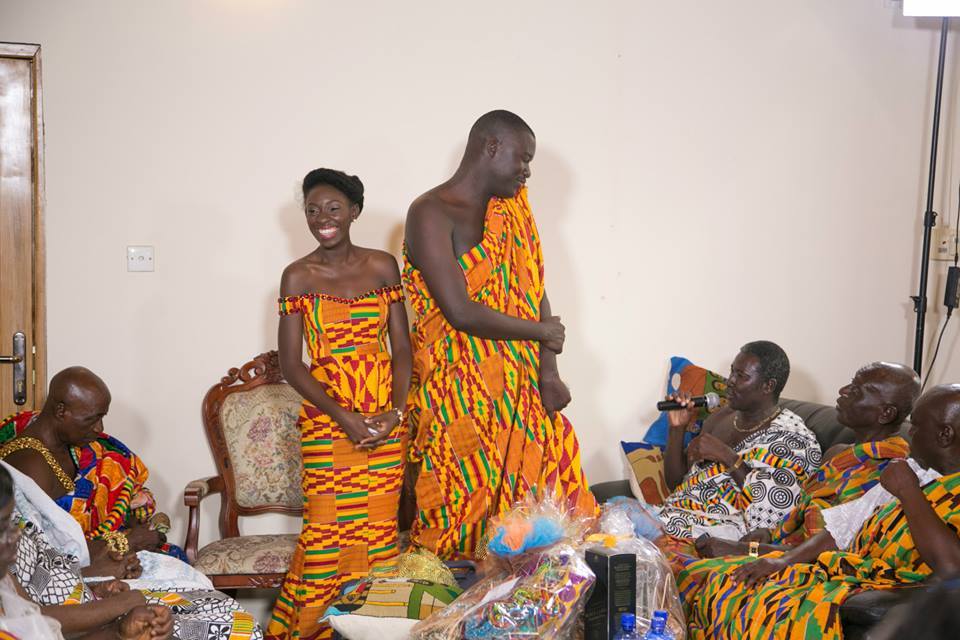
The gift-sharing ceremony in an Akan marriage is a powerful demonstration of the groom’s commitment, with each item given to the bride symbolizing a different aspect of their shared future. The Bible, Kente clothes, clothes, cooking utensils, jewelry, and other gifts all serve to strengthen the foundation of the marriage. However, among all these, the sewing pin stands out as a small yet significant gesture. It is presented alongside the other gifts, which are carefully examined by the bride’s family to confirm the groom’s readiness to marry. This process does not only affirm the groom’s commitment but also ties back to the Akan adage, “Aso awar a tɔ wo prɛtse,” meaning “If you are ready to marry, buy your own plates.”

The sewing pin, though simple, reinforces this principle. It is a symbol of the groom’s willingness to provide and his recognition of the responsibilities that come with marriage. Just as the other gifts reflect his preparedness to care for the bride and their future, the sewing pin, though small, carries a significant meaning. It ensures that, among all the gifts the groom gives, the bride will always have something tangible to remember, even in the event of a divorce and that she would not say the groom did not give her anything at all, not even a pin.
So, if you ever have the opportunity to attend an Akan marriage ceremony, commonly referred to as the “Engagement,” or “traditional marriage”, be sure to pay close attention to the giving of the sewing pin and remember the deep significance behind this simple yet powerful gesture. It’s more than just a small gift – it’s a testament to the groom’s readiness, responsibility, and commitment to the bride, symbolizing that, no matter what happens, she has been provided for.
Author: Ebenezer Kobinah Offen
Editor: Ama Gyesiwaa Quansah
